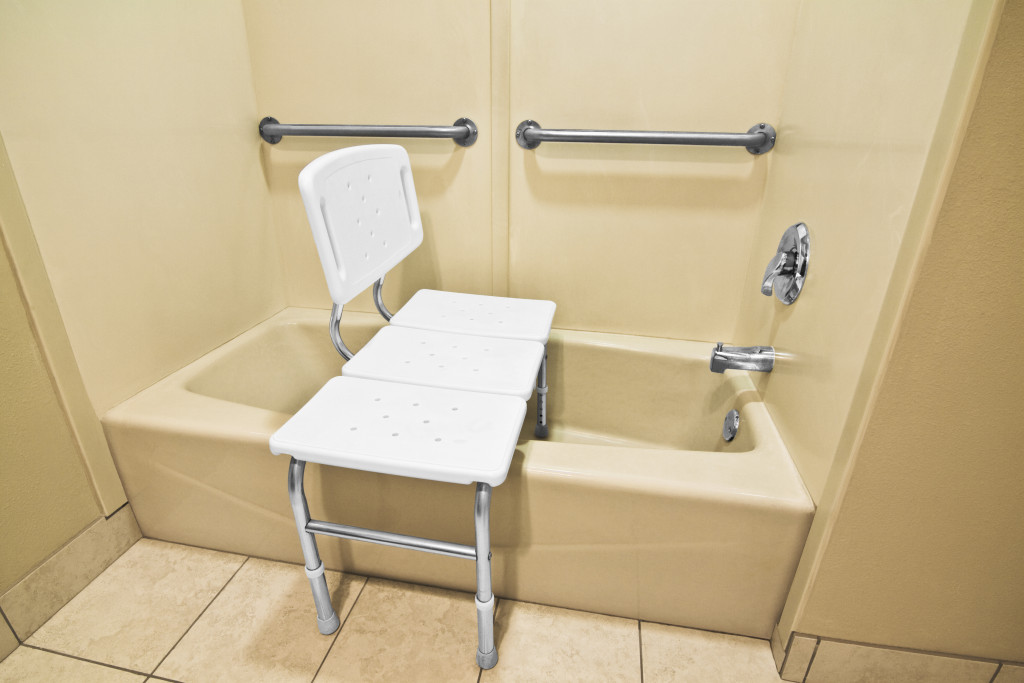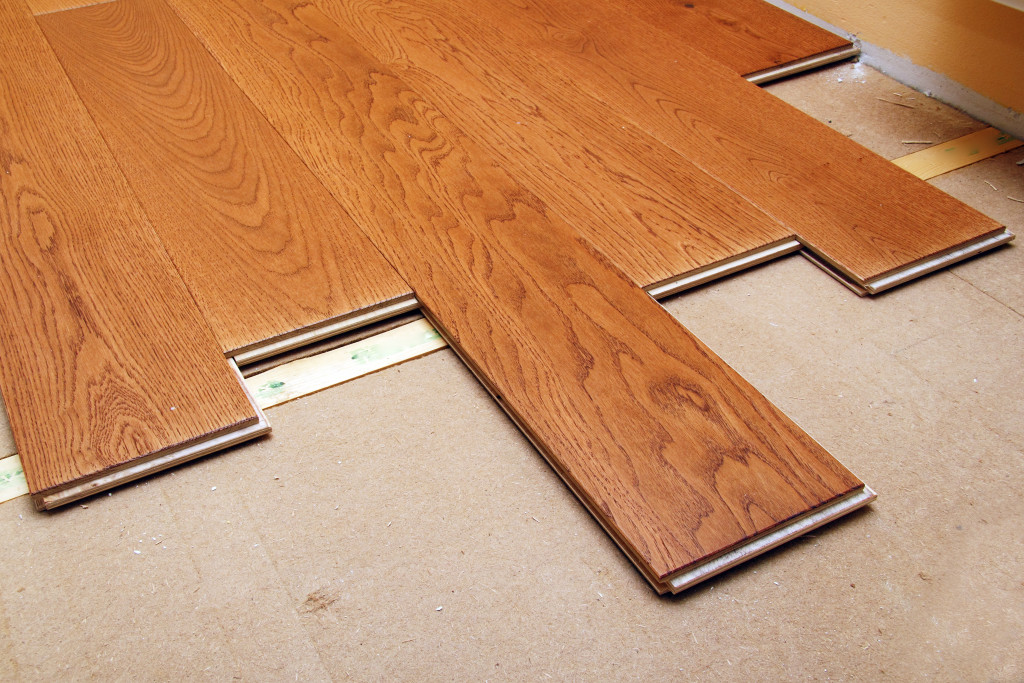- Enhance safety with proper lighting so seniors can easily move about and prevent accidents.
- Install grab bars and handrails for additional support in bathrooms, staircases, and hallways.
- Create a wheelchair-friendly environment with wide doorways, ramps or lifts, and obstacle-free paths.
- Incorporate nature elements such as a well-maintained garden or lawn, bird feeders and baths, natural textures, and potted plants.
- Ensure clear communication and accessibility with amplified phones, large buttons, contrasting colors, labels, and voice-controlled assistants.
Creating a senior-friendly home is essential for ensuring the comfort, safety, and well-being of your aging loved ones. As your family members grow older, making certain modifications to accommodate their changing needs is important. This guide will provide five tips to make your home senior-friendly. From implementing practical adjustments to incorporating nature elements, these tips will help you create a safe and inviting environment for your senior family members.
1. Enhance Safety with Proper Lighting
Adequate lighting is crucial for seniors as it helps prevent accidents and promotes visibility. Be sure to have sufficient lighting in all parts of your house, such as hallways, staircases, and entryways. Install bright, energy-efficient LED bulbs that provide ample illumination. Consider automatically adding motion sensor lights in key areas to light up when someone enters the room or hallway. Additionally, make use of nightlights in bedrooms, bathrooms, and other frequently accessed areas to guide nighttime. Good lighting enhances safety and creates a welcoming and comfortable atmosphere.
2. Install Grab Bars and Handrails

Install grab bars and handrails throughout your home to enhance mobility and prevent falls. These assistive devices provide stability and support in bathrooms, staircases, and hallways. Install grab bars near toilets, showers, and bathtubs to help seniors maintain their balance and avoid slips and falls. In staircases, ensure there are secure handrails on both sides for additional support. Choose grab bars and handrails that are sturdy, easy to grip, and specifically designed for seniors. These simple additions can make a significant difference in maintaining the safety and independence of your senior family members.
3. Create a Wheelchair-Friendly Environment
If you have a family member who uses a wheelchair or has limited mobility, creating a wheelchair-friendly environment is important. Ensure that doorways are wide enough to accommodate wheelchairs and install ramps or lifts to provide easy access to different levels of the home. Remove any obstacles or tripping hazards, such as loose rugs or furniture, to create a clear path for wheelchair navigation. Consider replacing high-pile carpets with low-pile or smooth flooring surfaces for easy movement. Creating a wheelchair-friendly environment will promote independence and enable your loved ones to move freely and comfortably within the home.
4. Incorporate Nature Elements Into Your Home
Bringing nature elements into your home environment can have a calming and therapeutic effect on seniors. Incorporating nature enhances your home’s aesthetics and promotes a sense of well-being and connection with the outdoors.
Here are some tips for incorporating natural elements into your home:
Invest In Your Garden or Lawn
Investing in your garden or lawn can be a great way to bring the beauty of nature into your home. Consider hiring a professional lawn maintenance company to help you create a lush and healthy landscape. Their expertise can guide you in selecting plants best suited for your particular climate and terrain and provide professional advice on caring for them. A well-maintained garden or lawn will ensure your outdoor area is beautiful year-round, providing an inviting space for relaxation and rejuvenation.
Create Space For Bird Watching
Bird-watching is a wonderful activity that many seniors enjoy. Set up bird feeders and bird baths in easily accessible areas of your yard so that seniors can observe birds from their windows or patio chair. Put out some bird-friendly plants to attract more species and shelter them.
Incorporate Natural Textures Into Your Home

Incorporating different textures from nature into your home environment will help to create a cozy and inviting atmosphere. Consider adding natural wood, stone, or pebbles to your home decor. These textures will help bring a sense of nature into your home while enhancing the look and feel of the space.
Bring The Outdoors Inside
Bring nature inside by incorporating plants into your indoor living spaces. Use potted plants or hanging plants to add a bit of nature indoors. Plants can also provide therapeutic benefits such as reducing stress and improving moods. Choose varieties that are easy to care for so seniors won’t have to do too much work maintaining them. You may even consider adding an indoor water feature for additional tranquility and relaxation potential.
5. Ensure Clear Communication and Accessibility
Clear communication and accessibility are crucial for creating a senior-friendly home. Install amplified phones or devices with large, easy-to-read buttons to assist those with hearing or visual impairments. Use contrasting colors for light switches, door handles, and other frequently used items to improve visibility and make locating them easier. Label cabinets and drawers to help seniors find items more easily. Consider using technology solutions such as voice-controlled assistants to simplify tasks and provide assistance. Clear communication and accessibility ensure senior family members can comfortably navigate and interact with their living environment.
In Summary
By enhancing safety with proper lighting, installing grab bars and handrails, creating a wheelchair-friendly environment, incorporating nature elements through landscaping, and ensuring clear communication and accessibility, you can make your home senior-friendly and create a comfortable and safe environment for your aging loved ones. These adjustments will promote their independence, well-being, and quality of life as they navigate through different stages of aging.
